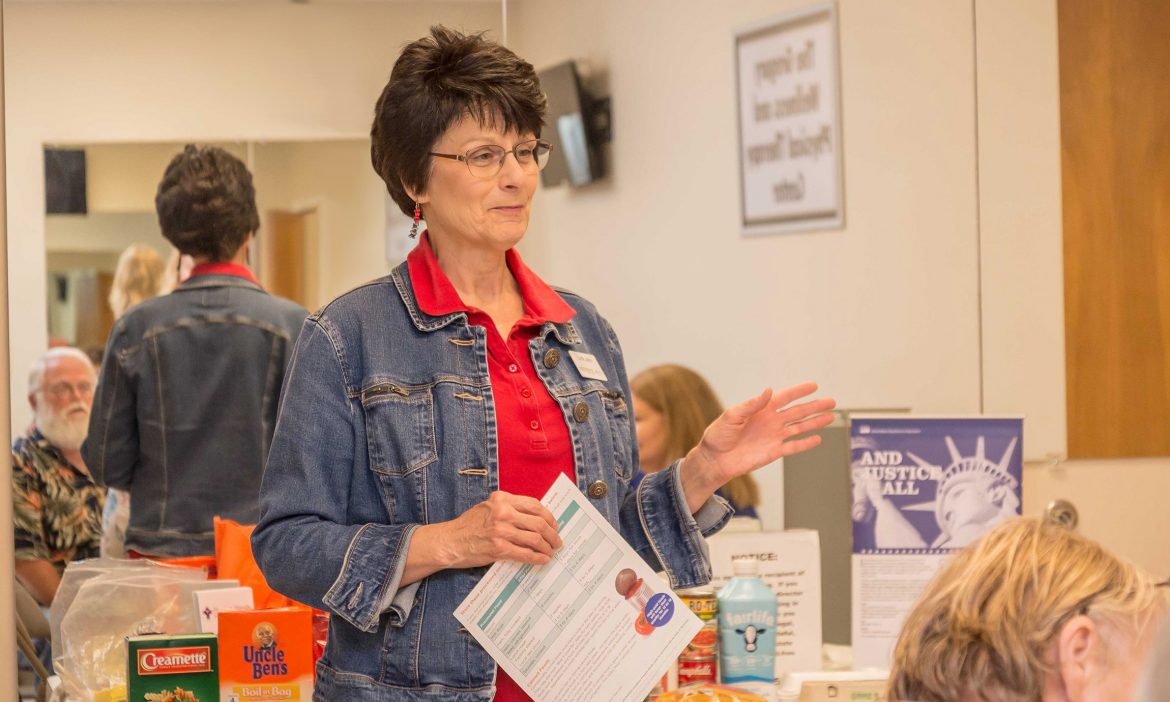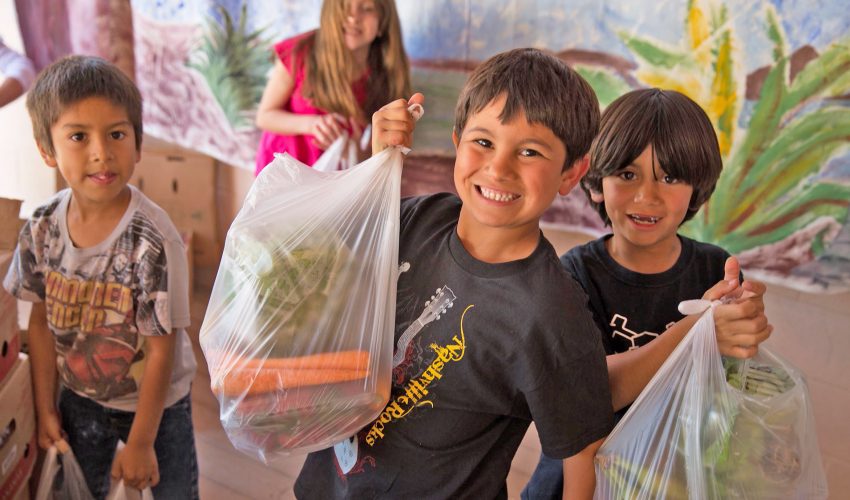Cereal and fruit — both are low-fat, heart-healthy foods. But for people who are diabetic, even one serving can cause blood sugar to skyrocket, derailing a healthy diet and leading to feelings of frustration and hopelessness.
“For people with diabetes, there really is no good cereal; if you find one that’s low carb, it’s usually a half-cup serving size, and nobody eats that little,” says Sheila Cash, a patient at Healing Hands Health Center in Bristol. She recently began diabetes classes through their Journey for Health program.
“People also think eating fruit or drinking juice is healthy, but they forget that fruit is a carbohydrate, and it has too much natural sugar for some of us. Learning things like that has been an eye-opener for me.”
Journey for Health offers free classes that focus on everything from exercise and cooking to nutrition and diabetes.
Cash has come to nearly all of them. She was diagnosed with diabetes 15 years ago and became a patient of Healing Hands after she fell and broke her right shoulder, which ultimately forced her to leave her job and apply for disability. Widowed several years ago, she’s also a caregiver to her 84-year-old father-in-law who lives with her, doing all of his shopping, making his meals and taking him to appointments.
“In addition to all the great stuff I’ve learned at Healing Hands, it just helps me so much to get out and into these classes where there are other people,” Cash says. “Grief is a slippery slope, and I can go into that funk. Journey for Health has been a big reason I don’t sit here and wallow in self-pity and loneliness. It helps me to get out and talk to people, to realize I’m not the only one.”
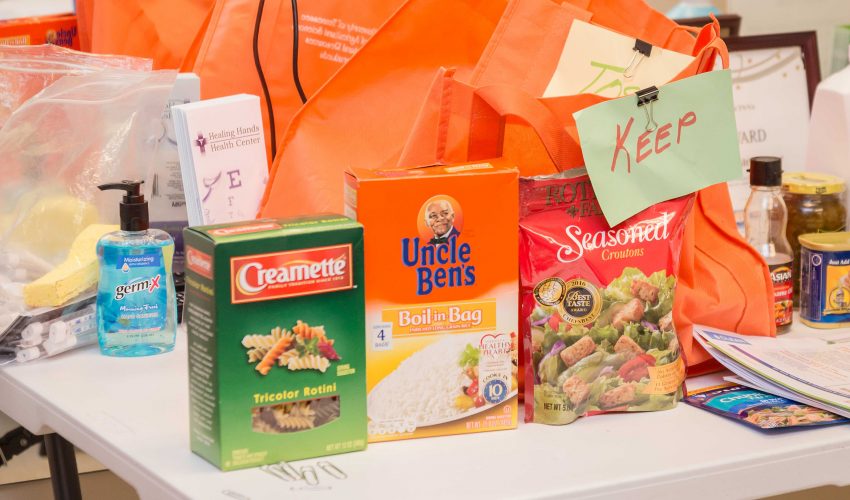
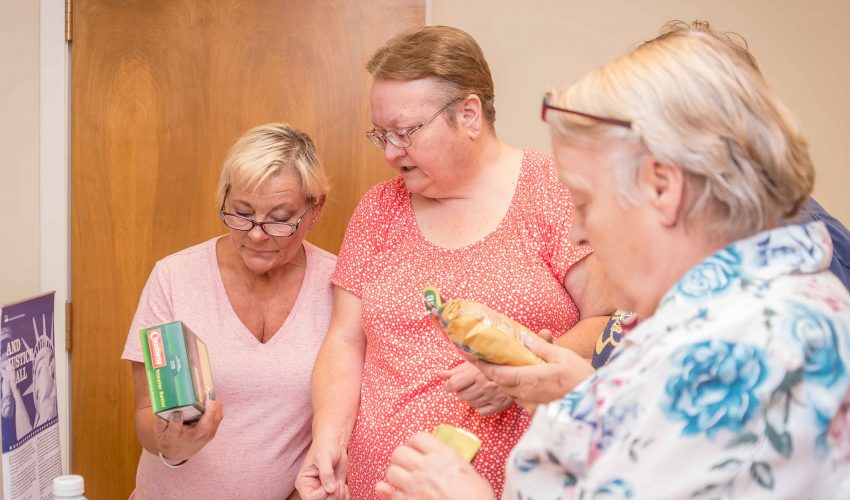
Sheila Cash (center) has learned which foods are healthiest for someone living with diabetes.
Diabetes and depression
Cash recently learned that she’s not alone in feeling that way.
Last week in her class, they had an honest, in-depth discussion about how diabetes and depression often go hand in hand.
She immediately recognized the signs from her own life.
“If your sugar is out of control, you don’t feel good and you end up not making good choices in food and exercise, so you get into this big, vicious cycle and you feel bad all over,” she explains. “Even just 10 minutes a day of just walking can affect you in a positive way. Get out and get some fresh air, talk to someone — one thing affects everything else.”
Nearly all of Healing Hands’ 815-plus uninsured patients find that lifestyle changes are the hardest and often most important part of the process. Representatives from the University of Tennessee Extension Office and the Sullivan County Health Department teach the majority of their classes, allowing Healing Hands to offer patients a holistic approach to wellness.
“When any of our patients come to appointments, I work really hard to encourage them to enroll in the wellness program,” says Nachella Crawford, registered medical assistant at Healing Hands. “With us being in a rural area, people can be more remote from each other, and we’re trying to change their whole lifestyle, which is hard. We’ve now got about 70 participants in various classes, and it’s made a big impact on so many like Sheila.”

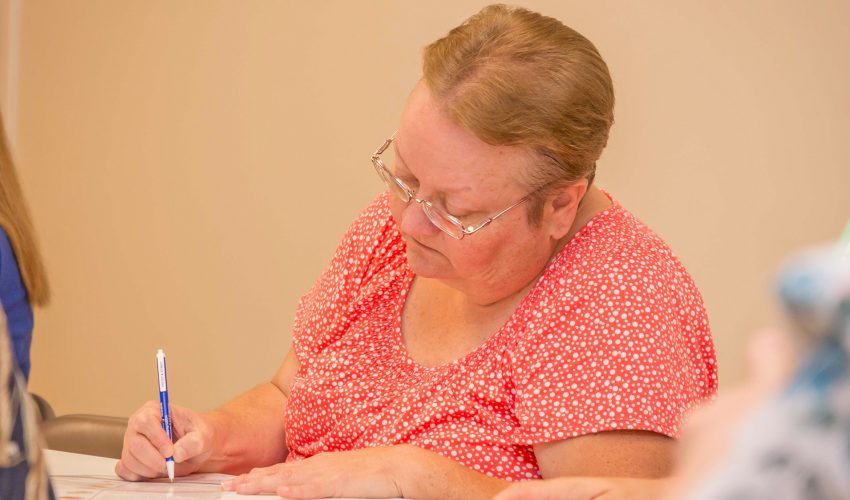
One reason this works is that they get specific, customizing classes for participants so they leave with information they can use.
- Cooking classes are held just prior to lunch so they can enjoy the food together. They talk about how different ingredients work to heal inflammation, which can reduce pain, especially for those who are ill or injured. They customize classes based on the needs of the patients they’re teaching, and often hold drawings for kitchen tools, such as a zucchini spiralizer that will help people get cooking at home.
- In the diabetes class, they teach lifestyle changes, including everything from what to eat when you’re out at a certain restaurant to how to check your feet, since many people with diabetes have poor circulation in their feet.
- They did a “one-and-done” class about the wonders of water, learning how dehydration affects the body and distributed a water tumbler participants can use at home.
- Fitness classes are kept small — five to six people max — so everyone gets personal attention. Coach Dawn Roller works with participants on the basics, taking into consideration who needs to learn chair exercises they can repeat at home, or who can’t move their arm above their head. It’s not a typical gym situation where everybody has to move at the same pace.
“Dawn realized our patients are different and have their own special needs, and she does the best that she can working around the challenges they have,” says Crawford. “We have a core group that’s been with her for a while, and now she’s doing personal training with them and with the staff. They love her.”
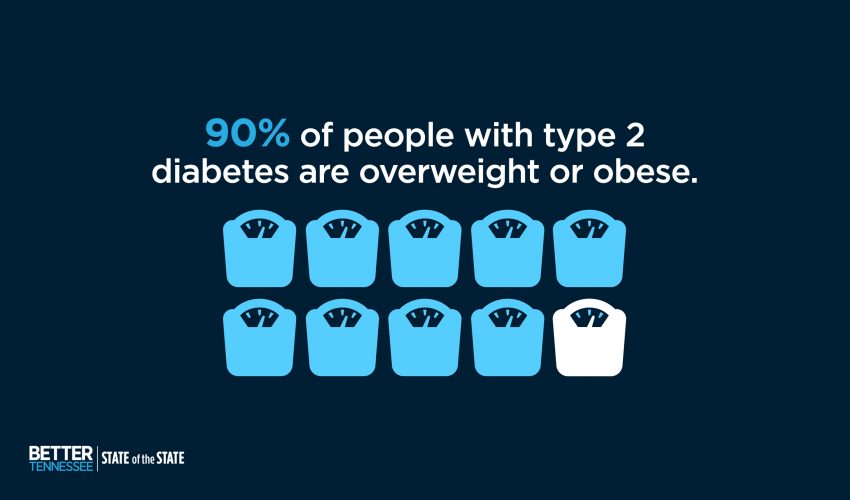
Small steps, big change
Cash is in that core group, and the Journey for Health team has noticed her blood pressure has improved since December. They sent her for a sleep study, where she was diagnosed with sleep apnea, so they helped her get a CPAP machine (In sleep apnea, normal breathing is interrupted when the airway relaxes or collapses. A Continuous Positive Airway Pressure device keeps the airway open). Cash is doing one-on-one wellness coaching, attending fitness and nutrition classes and is having success with a newer injectable non-insulin medicine. While these changes have been several years coming, she’s happy to be seeing results: she’s lost 35 pounds and improved her blood sugar dramatically.

“Two years ago, my sugar was in the upper 200s and 300s, while doctors recommend it be under 130! I was panicking thinking my sugars were way too high, and that I’d never get them where they need to be,” she says. “I was tired and worn out and just didn’t feel like doing anything.
“Today my sugars are in the low 150 range and I’m not as foggy as I was. With a little tighter diet control, I believe I can get them into the 130 range. I never thought I’d be able to do that, and in fact, I wouldn’t be able to do it without Healing Hands.
“They’re just a great group of people who work with you on one problem at a time.”
“They look at the whole person because they want you to get better, and then to feel better for good.”


